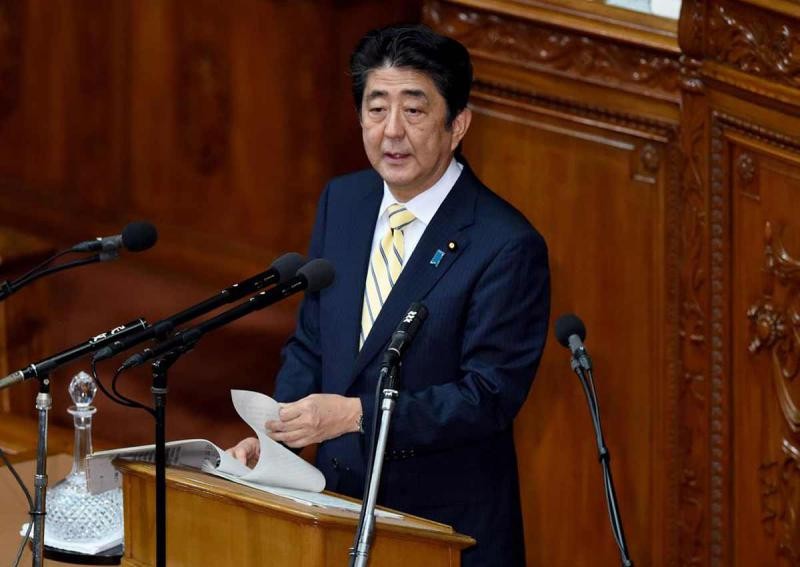With TPP unlikely, Japan turns to Asian trade pact

Japan, a flag bearer of a 12-nation Pacific trade pact pilloried in the US presidential campaign, has thrown its weight behind an Asian trade deal led by China that omits the United States, Tokyo's closest ally.
This comes as the odds are stacked against the Trans-Pacific Partnership (TPP) agreement, which would cover 40 per cent of global trade but cannot take effect without the US on board.
US President-elect Donald Trump called the deal a "disaster" during his campaign and many now see it as likely dead in the water.
"There's no doubt that there will be a pivot to the RCEP if the TPP doesn't go forward," Japanese Prime Minister Shinzo Abe told lawmakers yesterday, referring to the 16-member Regional Comprehensive Economic Partnership.
Seven TPP countries are included in the RCEP, which involves all 10 Asean members plus Australia, New Zealand, China, Japan, South Korea and India.
Malaysian Trade Minister Mustapa Mohamed yesterday, too, said his country will focus its efforts on the RCEP, which covers 27 per cent of global trade, as it braces itself for the TPP's demise.
Australian Foreign Minister Julie Bishop said last week that if the TPP fails, "then the vacuum that would be created is most likely to be filled by RCEP".
Chinese state-run paper China Daily yesterday dismissed the TPP as "inopportune" in an editorial, saying the US should come on board the "more open, inclusive" RCEP.
China is also leading a separate Free Trade Area of the Asia-Pacific (FTAAP) initiative that covers the 21 economies in the Asia-Pacific Economic Cooperation (Apec) and is due to be discussed this weekend at the Apec summit in Peru.
But Mr Abe also said he hopes New Zealand's passage of the TPP Bill yesterday will generate some much-needed momentum for the beleaguered treaty.
Japan has invested much political capital into trying to realise the TPP, which it touts as vital towards creating some 800,000 jobs and an annual growth of 2.5 per cent. It has been approved by its Lower House and is before the Upper House.
Mr Abe, who will meet Mr Trump in New York tomorrow, said he will convey his thoughts on free trade.
The pact, as it stands, will enter into force only if six of the 12 countries ratify it - but these six must include the US and Japan. Countries like Mexico and Peru have publicly mulled over revising the pact so that it can go ahead without the US.
Moody's Analytics associate economist Faraz Syed, who covers the Japan market, said he expects Asian economies to "expend more effort into RCEP and FTAAP - which are in the infancy stage - if US trade policy becomes restrictive".
East Asia trade expert Saori Katada of the University of Southern California observed that Japan has "long hedged" between the TPP and the RCEP. She said: "I think what Mr Abe is trying to do is to negotiate the RCEP to make it as close to the TPP in terms of the contents and rules, and use the RCEP as the platform to move to the FTAAP."
Mizuho Research Institute senior economist Hidenobu Tokuda added that if the TPP fails, Japan might look towards a "Plan B" of establishing a bilateral free trade pact with the US, which already has treaties with 20 countries but not Japan.
But Mr Duncan Innes-Ker, regional director for Asia at the Economist Intelligence Unit, is optimistic. He said: "It is still possible that the TPP could be put on ice and revived at a later date - one four-year presidential term is not a huge length of time in trade negotiation terms."

This article was first published on November 16, 2016.
Get a copy of The Straits Times or go to straitstimes.com for more stories.